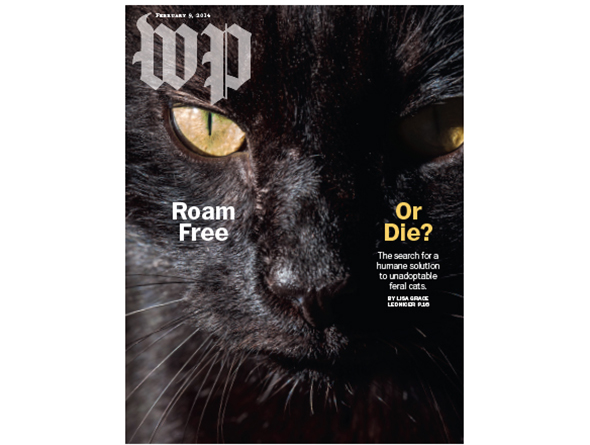In his foreword to The American Bird Conservancy Guide to Bird Conservation, Jonathan Franzen suggests that “human beings, at their best” are capable of “deep appreciation and compassion for other forms of life, and of understanding that their own well-being is inseparable from the well-being of the natural world” [1].
His article in the most recent issue of The New Yorker suggests that those other forms of life do not include cats. In Franzen’s telling, cats, however affectionate they might be at times, “have a savage side as well, sharp of tooth and keen of claw,” and a “penchant for disembowelling wildlife.” Worse, they’re “non-native”—simply not a part of Franzen’s “natural world.”
This is nothing new for Franzen, a long-time member of ABC’s board, who’s gone out of his way to vilify cats for years now. In fact, the New Yorker piece is little more than a rehashing of the usual talking points deployed by the conservation community and PETA’s better-off-dead evangelists (for whom Franzen narrated a graphic PSA earlier this year). Read more

